The composition of dark matter remains a mystery, but a new theory involving quantum tunneling may have eliminated some candidates.


The composition of dark matter remains a mystery, but a new theory involving quantum tunneling may have eliminated some candidates.
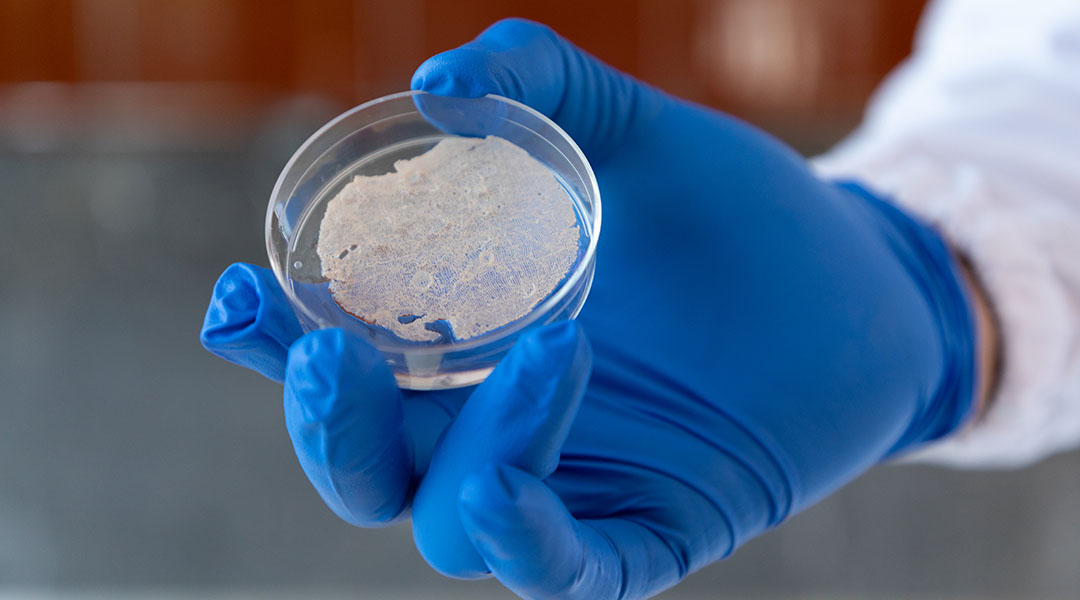
Using plant proteins derived from crop waste and spent grains adds new dimension to sustainable lab-grown meats.
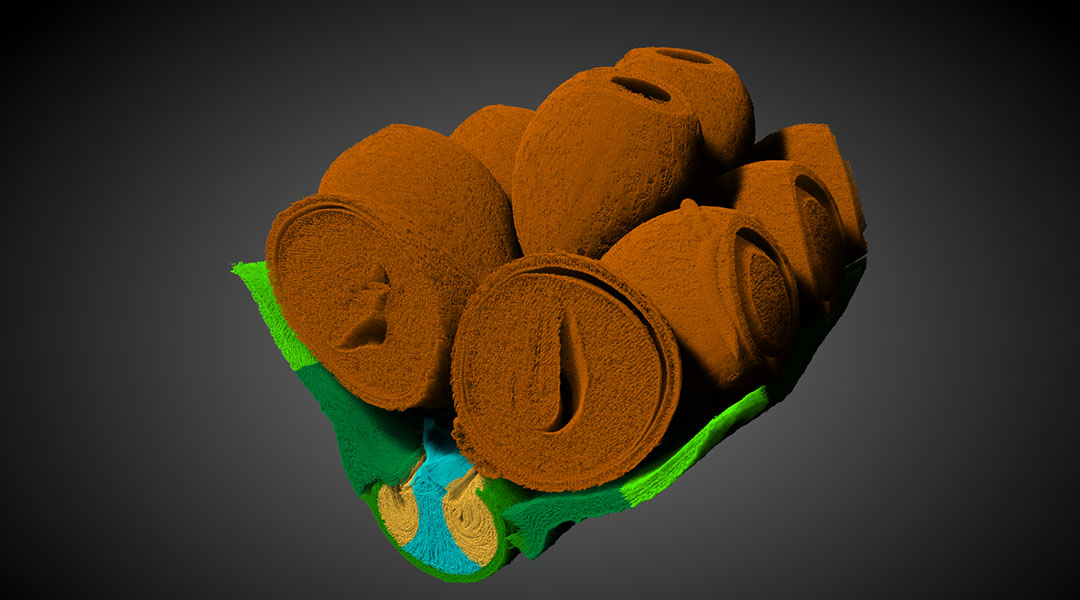
Taking inspiration from nature, scientists create a two-component catapult that overcomes limitations in 4D printing.
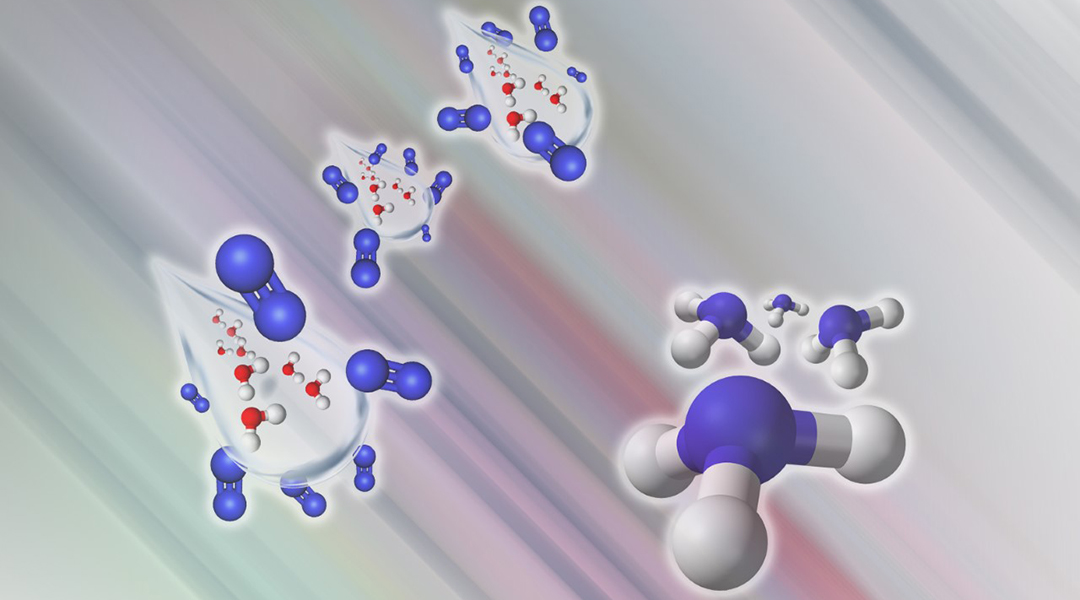
A one-step synthesis of ammonia without thermal, electrical, or solar input could help replace energy-intensive Haber Bosch.
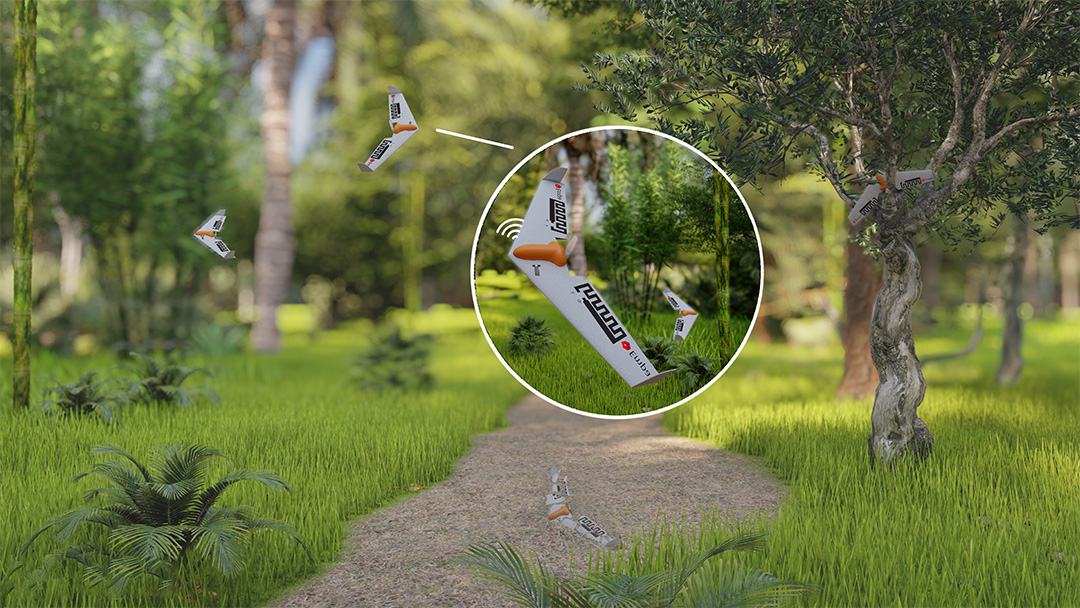
The forest floor should be able to make a meal out of this new drone made of almost completely from biodegradable parts.

Scientists are exploring the behavior of electrons in helicoidal graphene strips, a unique form of graphene with a twisted shape.

A list of articles showcasing innovative individuals and technologies working to build a sustainable economy that protects our planet.
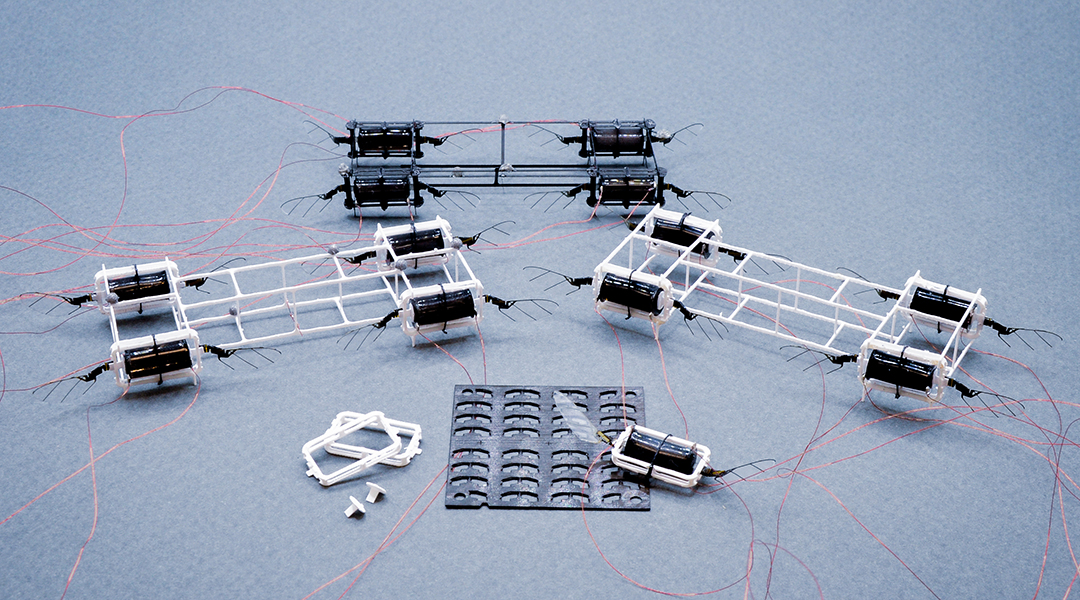
To make swarms of honeybee-sized robots, researchers propose new design and fabrication methods to cut down on time and resources.
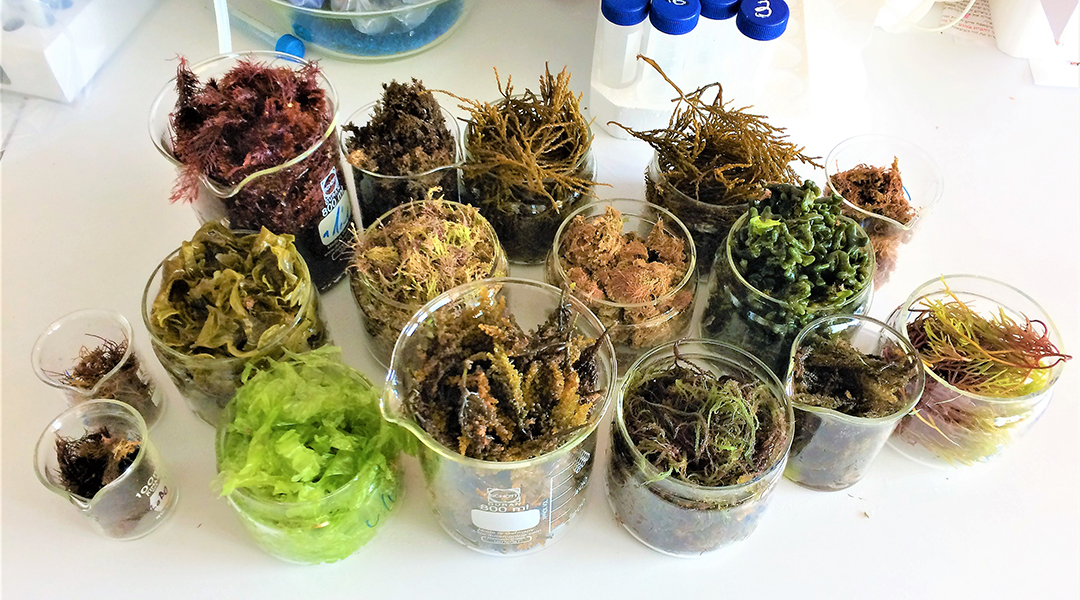
A new cultivation method enhances the concentration of valuable compounds in seaweeds with substantial environmental benefits.

Nine different ways of using technologies based on microbes that can make space research more circular and generally more sustainable.